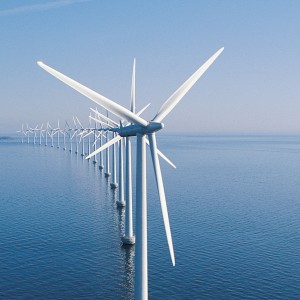
The recent auction of 113,000 acres just off the coast of Virginia Beach, a popular tourist destination, may be a step forward for wind power in the state of Virginia, but it is several steps backwards for the taxpayers and consumers who will be forced to support it.
Wind energy has time and time again proven to be an unreliable means of producing electricity. Quite simply, electricity is only produced if the wind is blowing, and even then the amount is dependent on how strongly. A wind farm rated to produce up to 468 megawatts, such as the proposed Cape Wind project off of Nantucket Sound, will on average only produce an expected 174 megawatts. For power companies, this inefficiency can be a nightmare when trying to provide reliable power to a community. As a result, most wind farms have corollary back-up generators that often works in conjunction with the wind turbines to produce the remaining required output. These generators are generally powered by fossil fuels, such as diesel and gasoline, which negate the environmental conscientiousness – the sole reason to build a wind farm.
Another step back for taxpayers are the huge costs associated with the wind industry. Government backed loans attract investors to wind power like cheese attracts mice to a trap, but the taxpayer ends up paying the burden on failed green energy projects, like Solyndra. Currently each U.S. citizen is on track to owe over $800 because of these failed investments. To make wind energy more appealing, huge subsidies are given out to lower the end cost to the consumer, but even still energy from wind farms is more than double the cost of traditional energy sources.
Joseph Brannon
Press Secretary
Frontiers of Freedom
